




At Jacobs, we're challenging today to reinvent tomorrow by solving the world's most critical problems for thriving cities, resilient environments, mission-critical outcomes, operational advancement, scientific discovery and cutting-edge manufacturing, turning abstract ideas into realities that transform the world for good. With approximately $16 billion in annual revenue and a talent force of more than 60,000, Jacobs provides a full spectrum of professional services including consulting, technical, scientific and project delivery for the government and private sector.

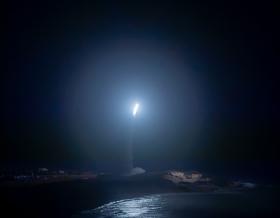
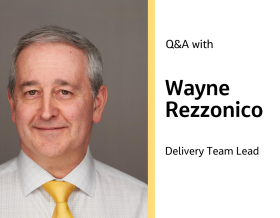
For more than 70 years, our teams have provided integrated solutions to help solve the most complex and hazardous challenges of space exploration. We invent by imagining what’s possible.
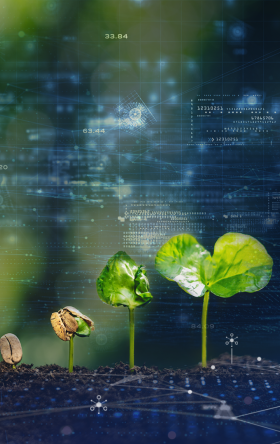


A curated selection of some of the top-listened to and trending podcast episodes from our popular If/When podcast series, which has over 6M downloads to date.
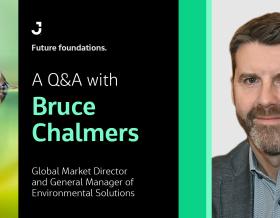
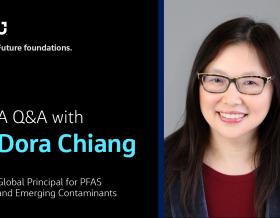
Sit down with our visionary team of thinkers, dreamers and doers to see what a day in the life is like.
.jpg?h=c7c14dee&itok=FmPI2126)


As our clients navigate the digital transformation and growing cyber risks, we have positioned ourselves at the forefront of this growth, adding digital capabilities, products and tools to serve a growing set of customers.



Together with our visionary partner, PA Consulting, we're establishing our position in high end advisory services, creating a springboard to expand in high value offerings beyond the core.



The only certainty about the future is uncertainty. Resilience is an attribute of a smarter planet, and requires planning and adapting ahead of potential threats. We help our clients survive, recover, adapt and thrive.


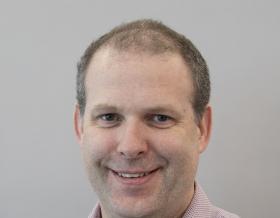
Jacobs. A world where you can.



As a purpose-led company, we know we have a pivotal role to play in addressing the climate emergency. We consider this not only good business, but our duty to channel our technology-enabled expertise and capabilities toward benefitting people and the planet.



For more than 30 years, Jacobs has been responsible for planning and implementing Lead and Copper Rule-related strategies which protect millions of people in the U.S. and Canada. Our work includes enhanced water quality monitoring strategies, sampling plan development, harvested pipe-scale analysis, lead service line inventories and replacement plans, corrosion control studies and the incorporation of equity and environmental justice considerations into compliance programs.

_0.jpg?h=8a6d63f3&itok=5vsqFiQH)

Jacobs is working to help clients across the United States secure federal funding for projects that make our cities and communities more connected and sustainable. Working hand-in-hand with clients from coast to coast and everywhere in between, Jacobs develops bold, innovative solutions to address the nation’s toughest challenges.



Now more than ever, we appreciate the hard work, sacrifice and dedication of the medical profession in ensuring the health and safety of our communities.



Together, we are stronger. Together, we can transform the future.


.png?h=1314d3d4&itok=rFs9mG95)
We work in partnership, delivering some of the most challenging, diverse and innovative projects and programs globally across multiple sectors. We integrate complex interfaces across planning, procurement and delivery to help unlock better social, environmental and economic outcomes from mega and giga projects.



We’ve provided design-build services to the water sector for over 25 years and delivered more than 150 projects. We offer fully integrated design-build and design-build-operate capabilities to tackle the most complex water challenges and work in close collaboration with our clients.



As climate change threatens water security around the world, more communities are turning to water reuse as a resilient water supply solution and embracing the OneWater principle that all water has value. Jacobs has been supporting clients with water reuse programs for decades, beginning with the first applications of advanced wastewater treatment technologies in the 1960s. We provide our clients with a full range of services, from water reuse feasibility studies to design, construction and operations.



Jacobs’ deep experience with advanced technology systems and our wide-ranging program support capabilities make us a premier partner at locations across the world. We deliver the right talent, tools and processes to support and enable our customers’ missions.
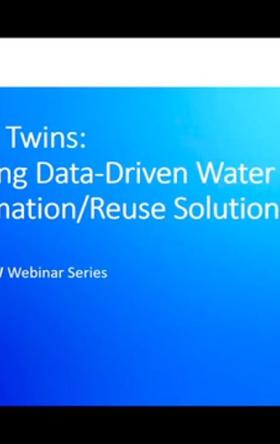


The National Air and Space Museum's One World Connected exhibit will tell the story of how flight fostered two momentous changes in everyday life: the ease in making connections across vast distances and a new perspective of Earth as humanity’s home. Below are some stories from Jacobs that also highlight the connections and digital solutions we are making around the world.



Stories that capture our partnerships and innovative impact for a more connected, sustainable world


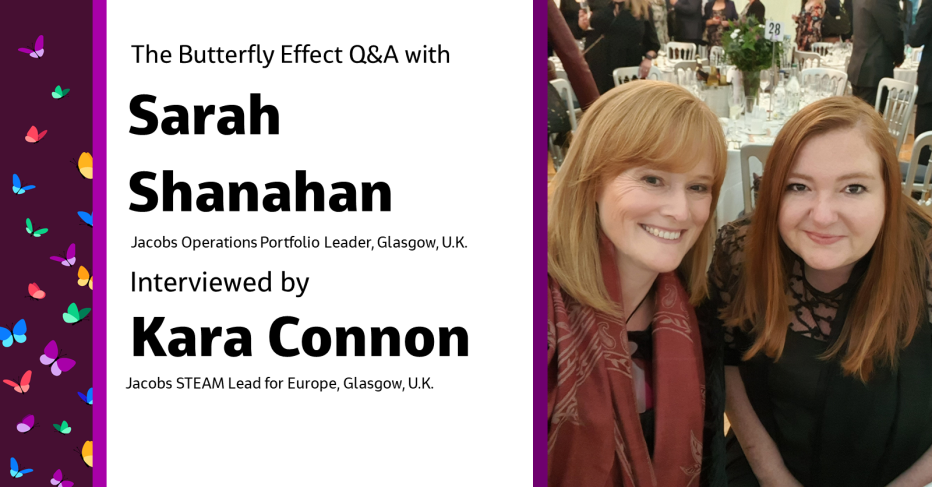
Science, Technology, Engineering, Arts and Mathematics (STEAM) and sustainability are at the heart of our business. We’re united in developing and delivering STEAM education and engagement in the communities where we live and work – and the Butterfly Effect is one of our pioneering programs in this space.
Our STEAM Lead for Europe, Kara Connon, connected with Sarah Shanahan, one of the brains behind the Butterfly Effect, to dig a little deeper into the whys and wherefores of the program.
With 30 years of experience, Sarah has worked in a variety of fields including geology, project management and stakeholder management. She currently has an operational role at Jacobs and works on Transport Scotland’s A9 Dualling Program, which includes developing and delivering its STEAM education program, Academy9.
Kara’s passion for STEAM also blossomed when she worked on the Academy9 STEAM education program with Sarah. In her new role as STEAM Lead for Europe, Kara’s on a mission to make Jacobs a top STEAM employer by bringing together the skills, experiences and passion of #OurJacobs employees to upskill, empower and inspire the next generation.
Kara: Sarah, you’re a STEAM Ambassador and are leading our Climate Change Education Program, the Butterfly Effect. Why is STEAM education so important?
Sarah: STEAM education provides young people with a challenging and supportive environment which will help to inspire the problem solvers of the future. By using the basic building blocks of reading, writing and mathematics, students are shown how they can apply these skills in real life situations and unleash the potential that exists within each and every one of them.
Kara: How did you get involved with STEAM education?
Sarah: I’ve been working with young people ever since I finished my own studies and have always tried to raise awareness of opportunities within the sector. I initially started working in the minerals extraction industry, and the young people who lived in the communities around our sites were always really fascinated about what went on “behind the fence.” We were able to demystify the industry for them, telling them about the activities happening on-site and making it both safer for them to live around and more relevant to their day-to-day learning in school.
Kara: You’ve got a wealth of experience delivering STEAM education for Jacobs. Can you tell me a bit about this and how it helped you develop the Butterfly Effect program?
Sarah: In recent years I’ve been part of the Jacobs team working with Transport Scotland to develop and deliver its award-winning STEM education program, Academy9. The program is central to the legacy of Transport Scotland’s A9 Dualling program, which will see the upgrade of around 80 miles of road between Perth and Inverness from single to dual carriageway.
Included within the ethos of Academy9 are two guiding principles: To create a growth mindset in all learners; and to inspire the next generation to consider a career within infrastructure and engineering. This has been delivered by creating a program for learners from age three to PhD level, where industry and education work hand-in-hand to create a unique learning opportunity where knowledge is exchanged at all levels. I’ve worked with education liaison officers from both a technical and educational background — and by teaming up with them, we believe we’ve created something truly ground-breaking. We drew on this experience and utilized it in the Butterfly Effect.
Kara: Share a bit about the Butterfly Effect program.
Sarah: The Butterfly Effect is a program designed to provide young people with the knowledge and understanding needed to put sustainability at the heart of everything they do. A core element of Jacobs’ STEAM strategy, the program was developed by me and my colleague Rachael Cassidy. The idea was a spark of inspiration based on Rachael’s previous work as a primary school teacher combined with a passion for sustainable living, and my own experience through Jacobs’ health, safety and security journey, BeyondZero. We wanted to create something for young people where we applied those same sustainability principles and moved them from something that we can do, to the way we do everything.
Using our combined experience, we set out a framework for the Butterfly Effect based on forming good habits and learning styles. We then asked a team of Jacobs’ sustainability professionals to create theme ideas based on the United Nations’ Sustainable Development Goals. Rachael used the rich set of ideas to develop age-appropriate activities for children aged between five and twelve years of age. The program is designed to run every year of a young person’s education for eight weeks of the year and is meant to be run specifically to support the existing school curriculum. Each year the groups study all eight themes, and the students build on their knowledge year-on-year. This little and often approach to learning is the best way to create habits which will last a lifetime.
Kara: What’s a typical Butterfly Effect session like?
Sarah: All Butterfly Effect activities are designed to be led by the class teacher or STEAM leader. Teachers can connect with a Jacobs mentor if they need some support in the delivery of the program or if they want them to engage with students. The young people seem particularly interested to engage during the “jobs of the future” theme and our mentors have brought learning to life by appearing virtually in the classroom to take questions on their job and what their role may look like in the future. The activities range from practical experiments on things like the rate of melting ice, to story writing on habitats and the establishment of a school uniform swap shop. We encourage the young people to take this newfound knowledge home with them via homework extension suggestions.
Kara: As well as being an education program, the Butterfly Effect is a behavior change initiative. How does this work?
Sarah: With the Butterfly Effect, we don’t want to simply drop into the classroom, deliver a lecture and then leave again. We know that this is of limited benefit to the students. By employing established learning models, we keep sustainability at the front of the young person’s mind for eight weeks, every year, for seven years. This increases the chance of embedding the idea of sustainable choices into the student’s thought process. Hopefully, this will lead to young people moving forward in life thinking carefully about what to buy or eat, how to travel and how they can live their lives with sustainability at the heart of their thinking. We believe that with information and inspiration, the next generation can make a real difference towards combatting climate change and creating a more sustainable global community.
Kara: How can people learn more about the Butterfly Effect?
Sarah: Visit Jacobs.com/steam/butterfly-effect to learn more and engage with the program.
As part of our PlanBeyond 2.0 strategy, we’ve set a target to engage our workforce in 50,000 hours of global STEAM volunteering that enhances diversity and inspires the next generation by 2025. Employees can also volunteer on company time for four hours a year to participate in STEAM volunteering activities.
Want to help us create a more connected, sustainable world? We’re always looking for dynamic and engaged people to join our team. Bring your passion, your ingenuity and your vision. Let’s see the impact we can create, together. Search careers.jacobs.com for opportunities to join #OurJacobs.